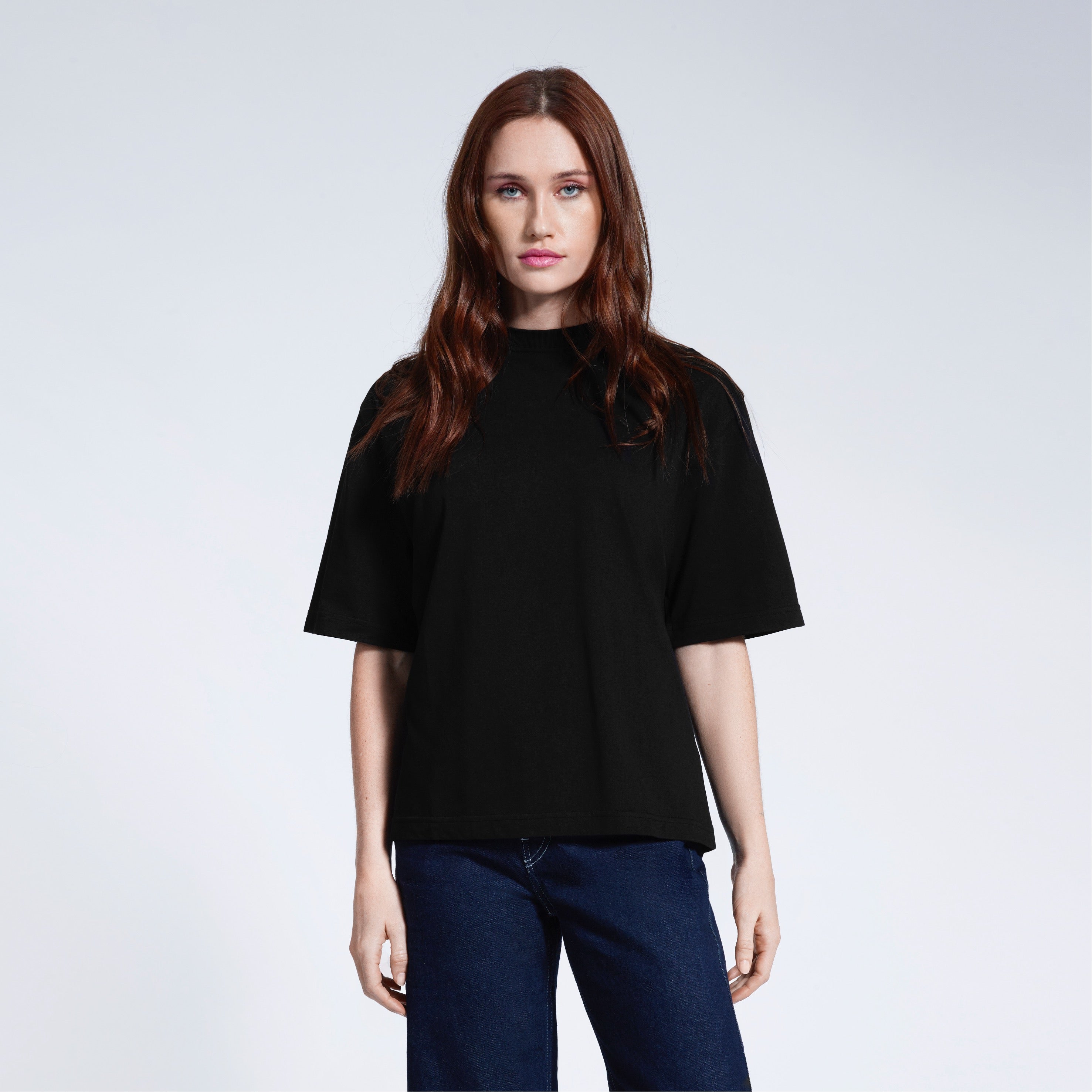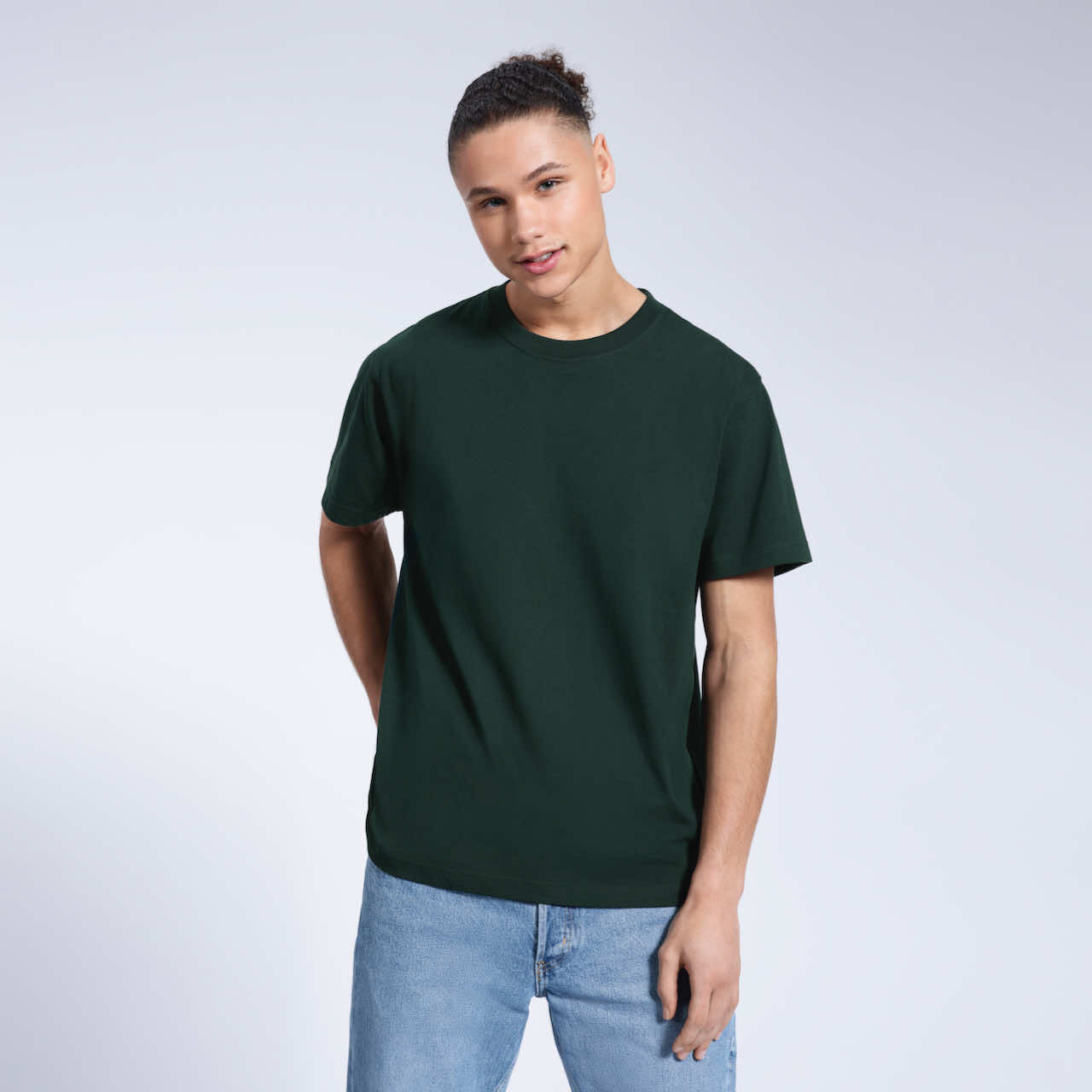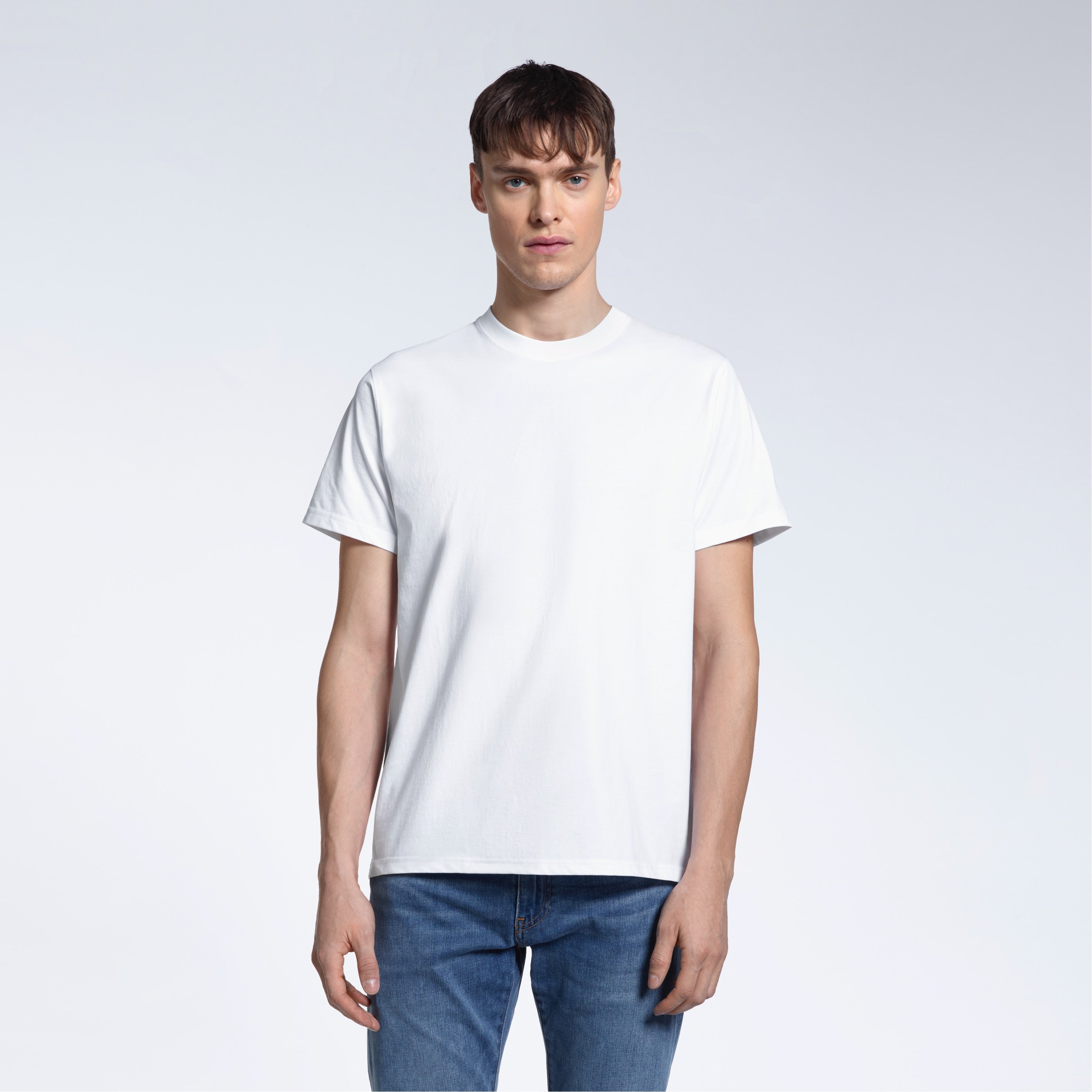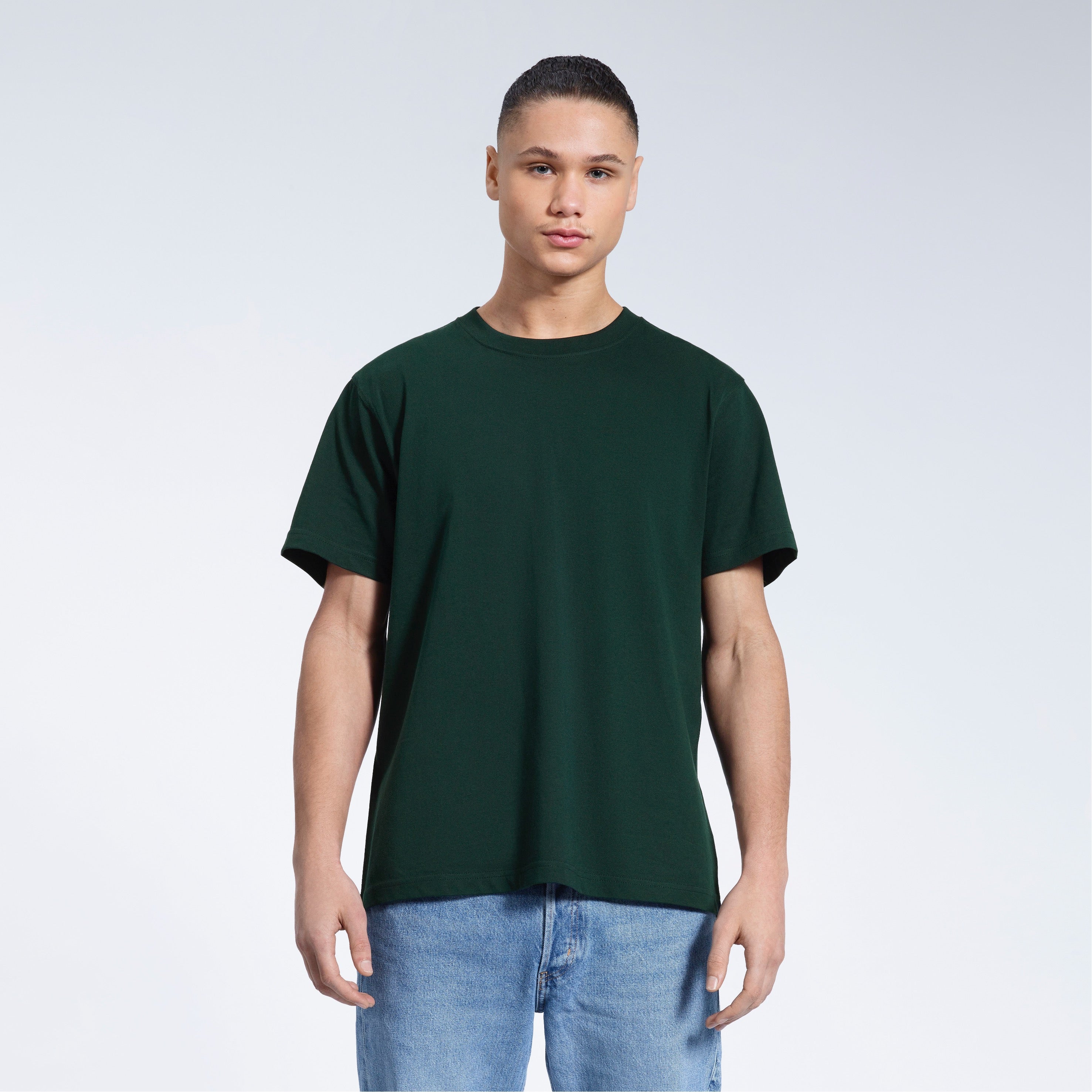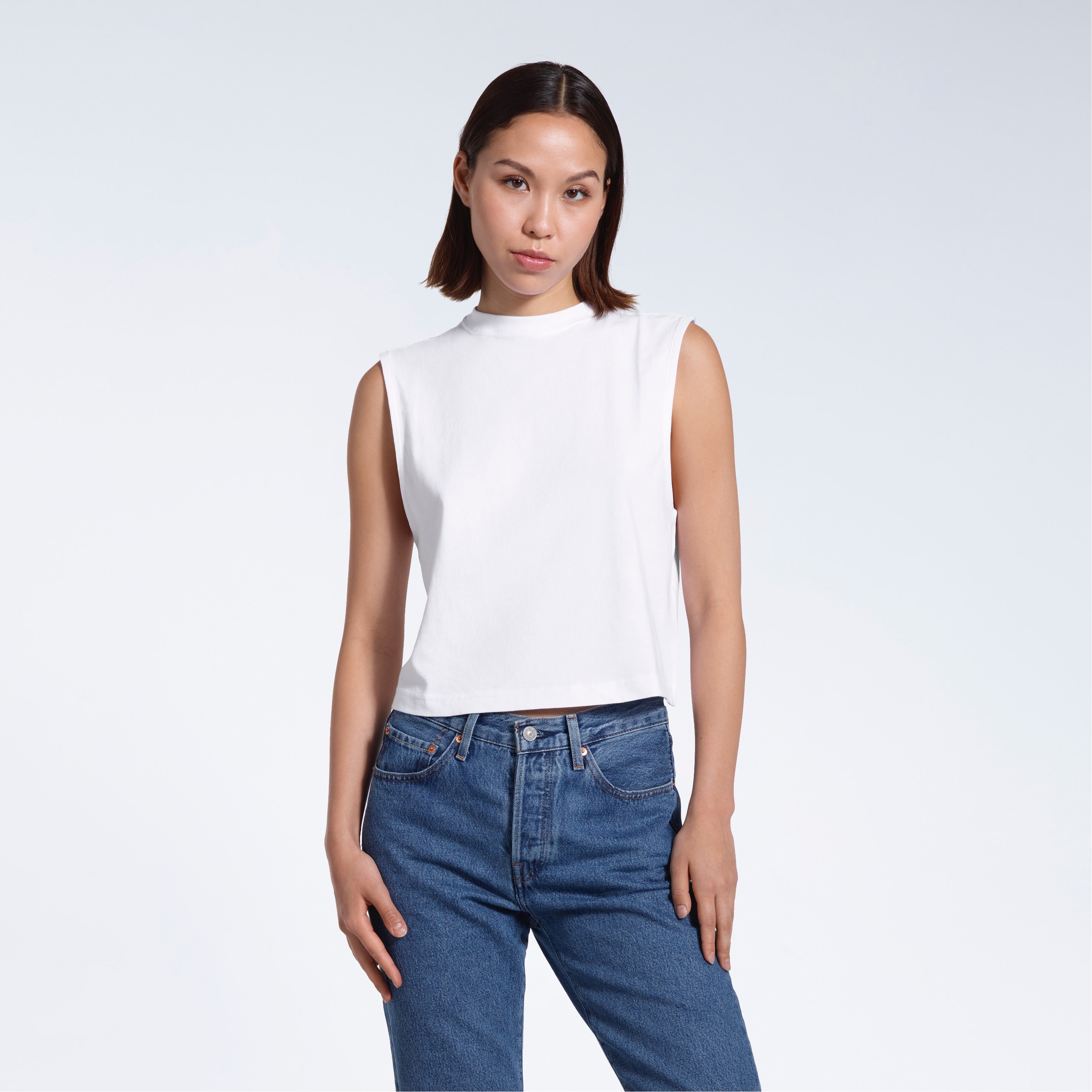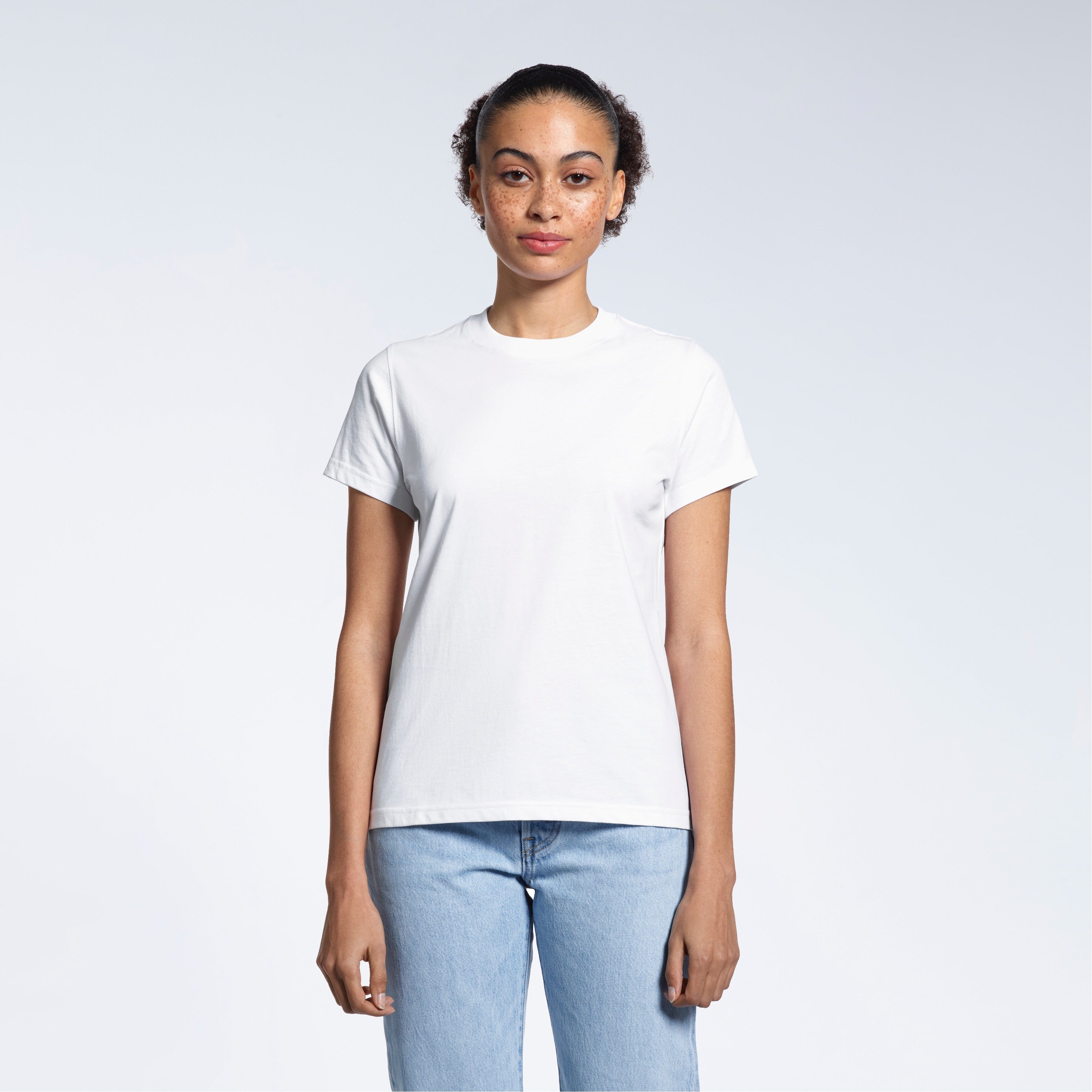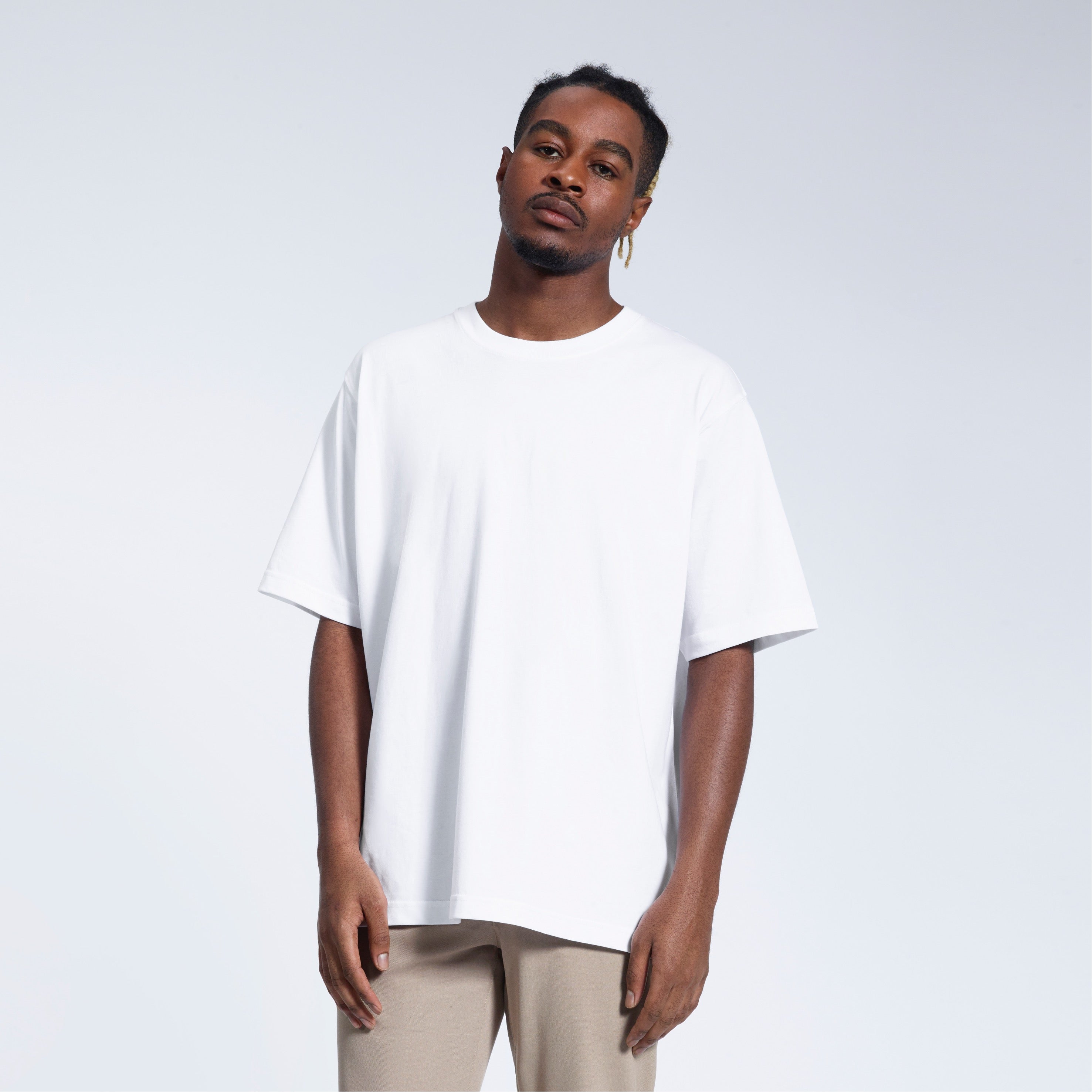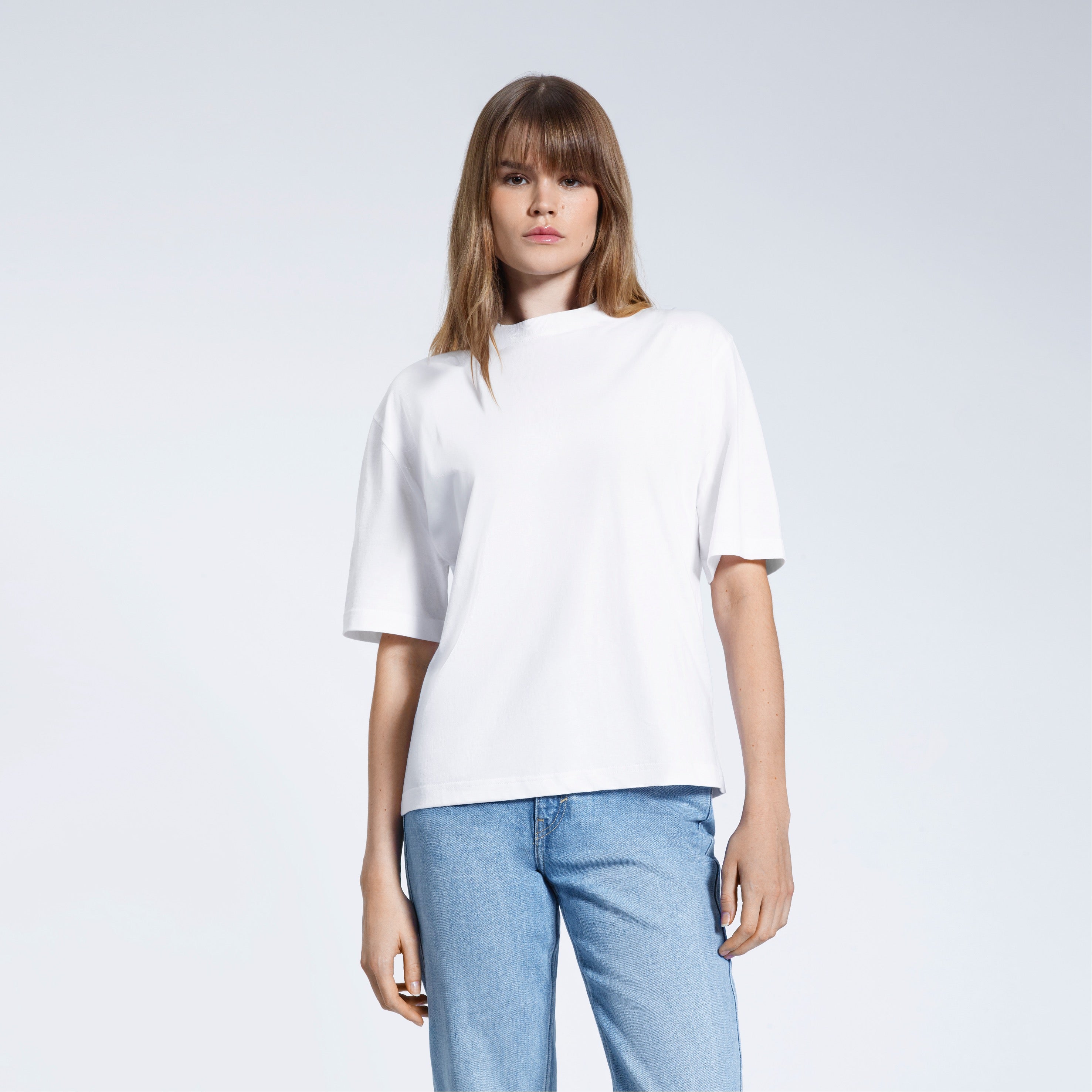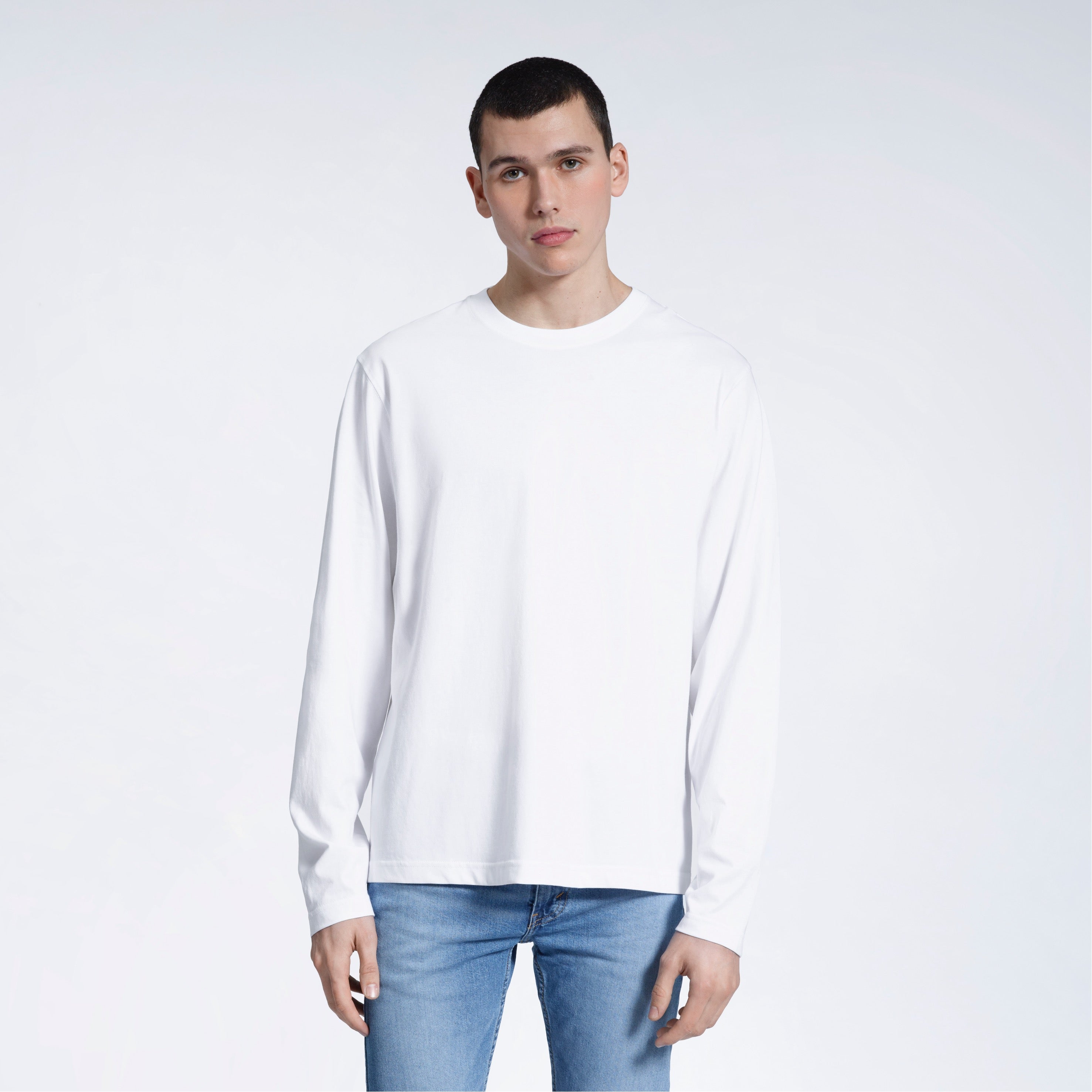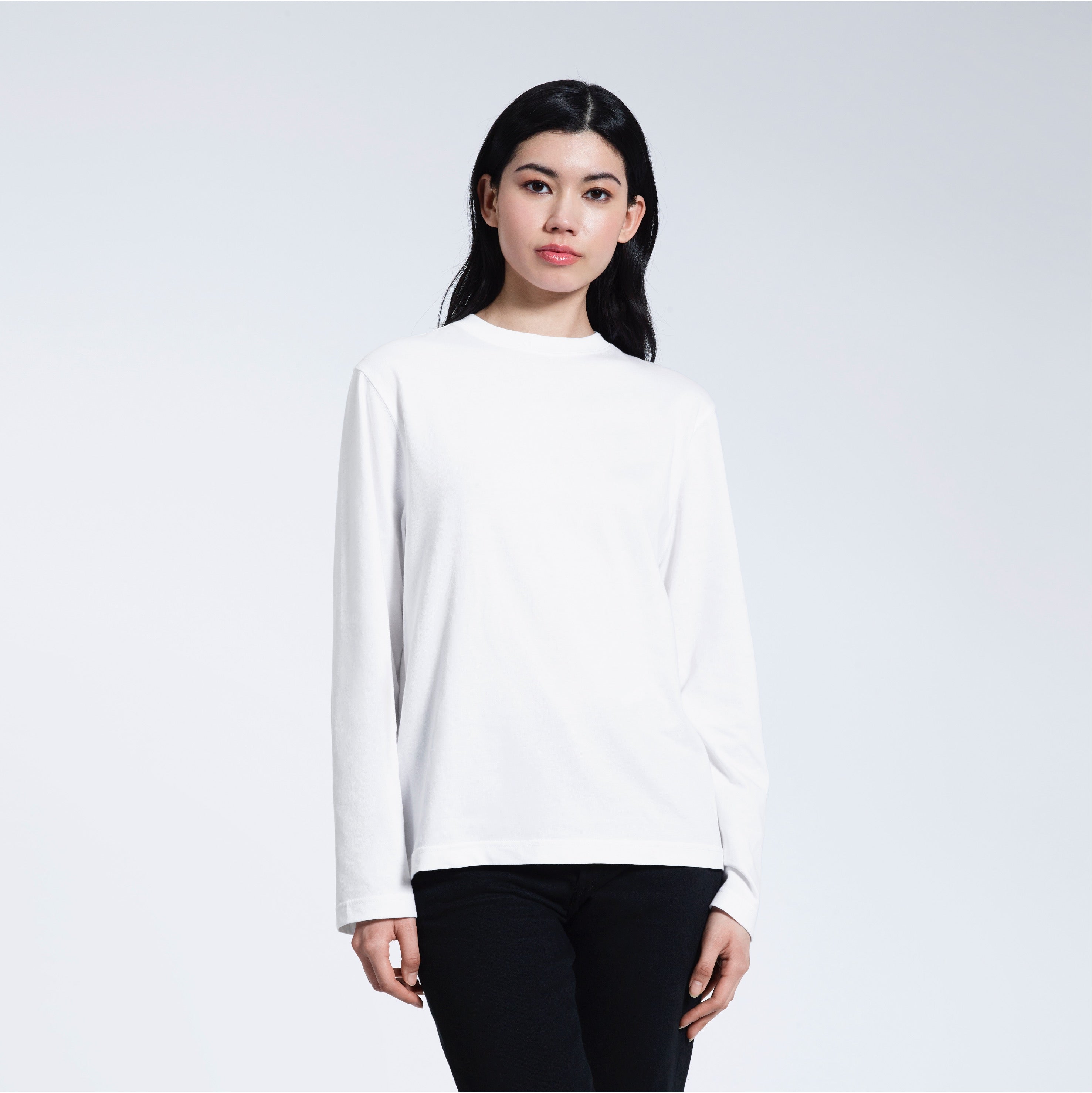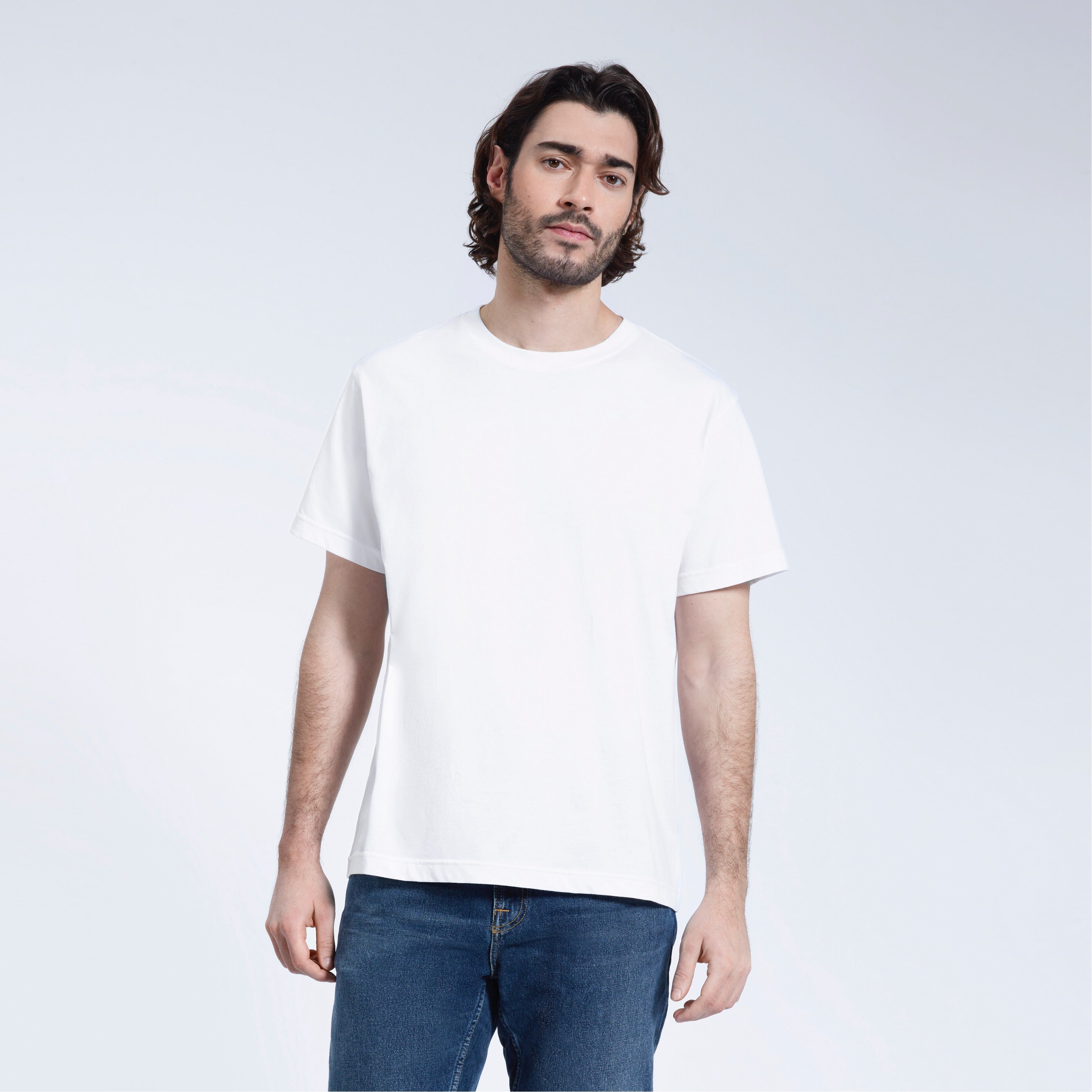
Why Organic Fabric is the Future (and What Isn't)
One thing that’s become evident as discussions on ethical labour, waste, and climate change continue to rise: the materials we choose when designing clothes can make a difference. Organic textiles are becoming the backbone of a more resilient and ethical fashion sector.
This article will look at why organic fabrics are shaping the future of fashion and which materials (and attitudes) are being left behind.
What Makes a Fabric Organic?
Organic fabric starts with how the raw materials are grown. Take organic cotton, for example; it's grown without genetically engineered seeds, insecticides, or synthetic pesticides. Instead, organic farming uses natural mechanisms to protect biodiversity, retain soil fertility, and secure the water supply.
The result? A better, safer product for you, the farmers, and the environment.
But organic fabric's benefits go beyond the agriculture sector. Many organic materials are processed without toxic dyes, formaldehyde, or chlorine, among other severe chemicals. That means less pollution in our waterways and fewer skin irritants and allergies.
The Future of Organic
Let us examine more closely the fundamental factors driving organic fabric's rapid rise as the material of tomorrow.
1. Environmental Wellness
Fashion is one of the most resource-hungry sectors in the world. Traditional cotton by itself accounts for 16% of the pesticide use worldwide. By contrast, organic cotton consumes 91% less water and generates 46% less CO₂ emissions than its conventional equivalent (according to the Textile Exchange).
Other organic materials like hemp and linen are naturally pest-resistant, require little irrigation, and may even improve soil health. These plants, grown organically, have a far lighter environmental impact.
2. People’s Safety & Health
Often, conventional textile production exposes farmers and labourers to dangerous chemicals. These compounds can cause significant health problems from the field to the factory, especially in places where environmental regulations or protective equipment can be lacking.
Choosing organic helps maintain a cleaner supply chain. It means fighting for the health and well-being of the people who make your garments, not only for the final product you wear.
3. Traceability & Openness
Consumers are asking more about where their clothes are coming from - and rightly so. Under organic certification, every step of the supply chain has to be recorded and audited. This openness and transparency builds trust between the brand and the consumer.
4. Biodegradability & End-of-Life Impact
What is the best feature of organic fabric? It decomposes. Unlike synthetic materials - think polyester or nylon - which can take up to 200 years to break down, organic fibres return to the earth within months under the right circumstances.
What Isn’t The Future?
If organic fabric is the future, what is being left behind?
These are some materials and techniques that are slowly getting phased out:
1. Man-Made Fibres
Today, the fashion business is mostly run by polyester, acrylic, and nylon. Though they come from fossil fuels and emit microplastics with every wash, they are inexpensive, long-lasting, and flexible.
There are limits even for "recycled polyester." Although it cannot be endlessly recycled and still releases microfibres, it is an improvement over virgin plastic. It's not a long-term answer but rather a short-term remedy.
2. Traditional Cotton
Though it's a natural fibre, traditional cotton is among the most chemically demanding crops worldwide. High water use, pesticides, and soil erosion provide environmental warning signals.
Cotton's future is uncertain without a switch to organic practices.
3. Fast Fashion Models
Built on overproduction, underpaid labour, and deliberate obsolescence, fast fashion is designed to promote impulse buying and rapid disposal, the system sacrifices quality, sustainability, and human dignity.
Organic fabric does not fit fast fashion's breakneck speed. It calls for time, attention, and purpose - qualities that are now guiding the future of the fashion industry.
4. Environmentalism via Deception
Greenwashing - advertising that deceives customers into believing a product is more environmentally friendly than it really is - is one of the greatest challenges to genuine sustainability. Often used without control or evidence, terms like "eco," "natural," or "sustainable" are popular in the greenwashing community.
Certifications such as OEKO-TEX and GOTS (Global Organic Textile Standard) let customers distinguish reality from fantasy. At Plainandsimple, we only use GOTS-certified organic cotton - we’re dedicated to sustainable practices and complete openness, not only feel-good phrases.
Organic Is Not Perfect, But It Is Progress
Let’s be honest, no material is flawless when it comes to sustainability and environmental impact. Organic agriculture still calls for land and water. Processing still requires energy. Shipping worldwide also has a carbon cost.
Organic fabric, however, is a strong move in the right direction. It moves us towards more deliberate, cleaner, and slower manufacturing cycles. It challenges us to rethink our relationship with our clothing from something disposable to something valuable.
Building a future where fashion and sustainability coexist will depend on our attitude change.
Your Options
Here is how you might contribute to the change:
-
Read the labels; search for certified organic materials such as GOTS-certified cotton or hemp.
-
Spend your money on versatile, timeless items designed to last.
-
Support open brands; find brands that value complete supply chain transparency, environmental responsibility, and ethical sourcing.
-
Enquire; the more we seek answers, the more the sector is pushed to respond honestly.
Last Thoughts
Organic fabric is a reflection of the sort of world we want to live in: one where the environment is cherished, people are safeguarded, and clothing is made with intention.
Here at Plainandsimple, we’re excited and proud to be part of that future. Every item we create is carefully crafted using certified organic materials, ethical workmanship, and ageless design.
Real style never goes out of style; so, neither should sustainability.
